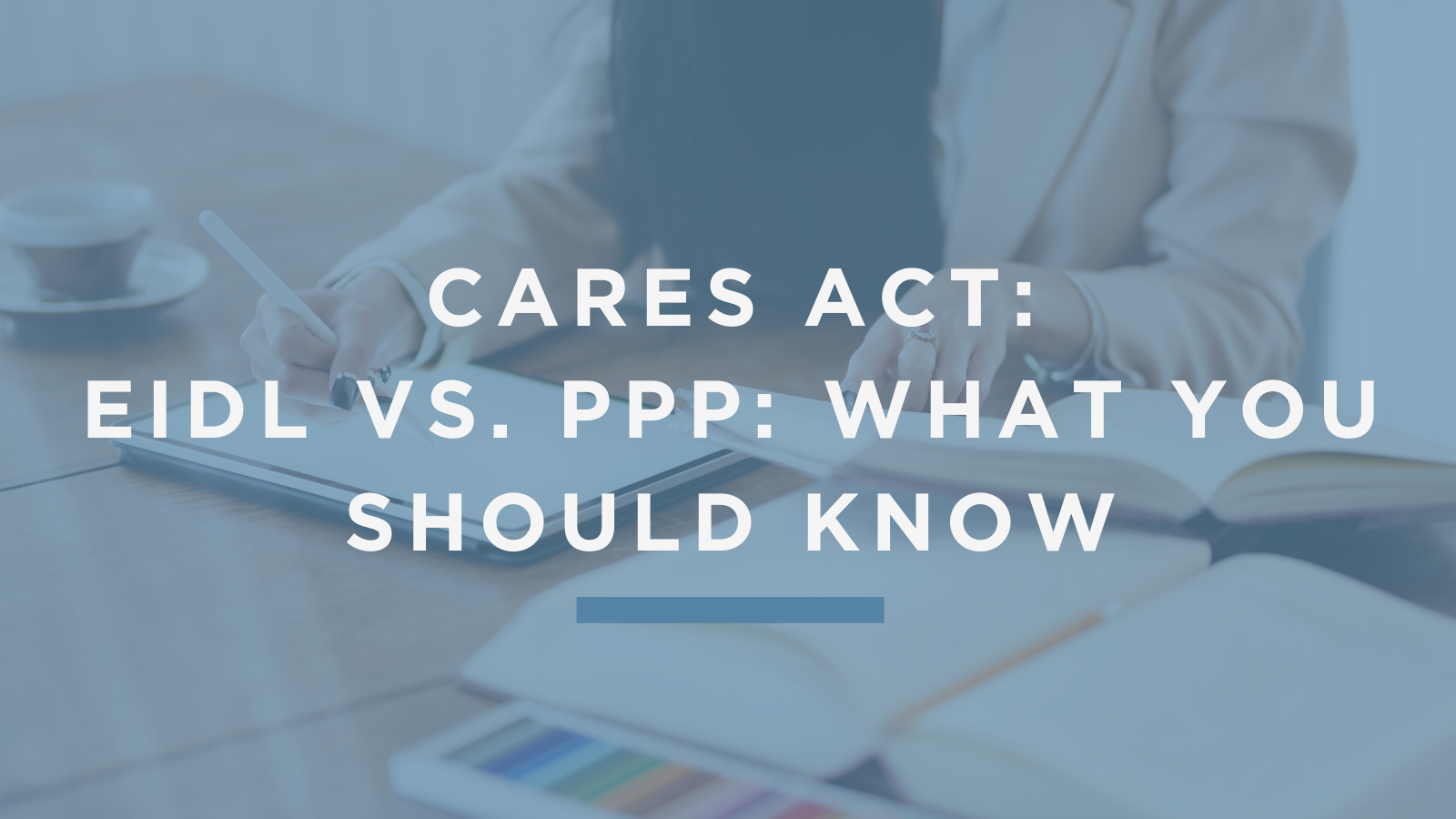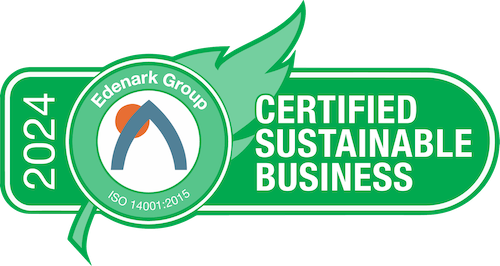
Provided through the National Federation of Independent Business
https://www.nfib.com/
| Loan Program | Economic Injury Disaster Loan (EIDL) | Paycheck Protection Program Loan (PPPL) |
| Lender | Small Business Administration (SBA) | Financial institutions (commercial banks, credit unions, and other approved lenders) |
| Program Period | through December 31, 2020 | through June 30, 2020 (Covers 8-weeks of eligible expenses after loan origination.) |
| Eligibility | • Have 500 or fewer employees, • Are a sole proprietor, independent contractor, or self-employed individual. AND • Been in business since January 31, 2020. | • Have 500 or fewer employees, • Are a sole proprietor, independent contractor, or self-employed individual, • A small business that meets the SBA small business industry-specific standards, • Operate an accommodation or food service business (NAICS Code 72) with 500 of fewer employees per location, • A business assigned a franchise operator code by SBA, • A business that receives assistance under the Small Business Investment Act. AND • Been in business since February 15, 2020 and paid taxes on your employees or independent contractors. |
| Loan Amount | • The maximum loan size is $2 million. • Applicants who apply for this loan may request an advance Emergency EIDL grant of up to $10,000 from the SBA. | • 2.5x the average monthly “payroll” costs, measured over the 12 months preceding the loan origination date. Seasonal business may use the period February 15, 2019 – June 30, 2019 or March 1, 2019 – June 30, 2019 to calculate the average payroll. • The maximum loan size is $10 million. • “Payroll” includes: o Salaries, commissions, tips, o Employee benefits (including health insurance premiums and retirement benefits), o State and local taxes, o Compensation to sole proprietors or independent contractors. • “Payroll” excludes: o Annual salary in excess of $100,000, o Foreign employees, o FICA and income tax withholdings. |
| Eligible Expenses | • Payroll costs, including benefits, • Fixed debts (mortgage, rent, lease), • Accounts payable, • Other bills. | • Payroll costs, including benefits, • Interest on mortgage obligations, incurred before February 15, 2020, • Rent, under lease agreements in force before February 15, 2020 and • Utilities, for which service began before February 15, 2020. |
| Term Duration | Up to 30 years | Up to 2 years |
| Interest Rate | 3.75% for businesses 2.75% for nonprofits | 1% for all borrowers |
| Forgiveness | No loan forgiveness Emergency EIDL grant of up to $10,000 is forgiven. Grant must be used for the following expenses: o Providing paid sick leave to employees unable to work due to the direct effect of the COVID–19, o Maintaining payroll to retain employees during business disruptions or substantial slowdowns, o Meeting increased costs to obtain materials unavailable from the applicant’s original source due to interrupted supply chains, o Making rent or mortgage payments,o Repaying obligations that cannot be met due to revenue losses. | Eligible expenses (below) within an 8-week period from date of loan origination: • Payroll costs (including everything listed above), • Payments on mortgage interest, • Rent, • Utilities. Your loan forgiveness will be reduced if you decrease the number of your full-time and/or decrease salaries and wages by more than 25% for any employee that made less than $100,000 annualized in 2019. Re-Hiring: You have until June 30, 2020 to restore your full-time employment and salary levels for any changes made between February 15, 2020 and April 26, 2020. |
| Repayment | Unclear about deferred | Payments (and interest) are deferred for 6 months |
| Collateral Requirement | NO | NO |
| Personal Guarantee | Not for loan less than $200,000 | NO |
| Prepayment Penalties | NO | NO |
| Required Documents | • SBA Form 5 (Application), • Credit score, • IRS Form 4506T, • Most recent federal income tax returns for the business, • SBA Form 1143 (Personal Financial Statement), • SBA Form 2202 or a similar schedule of liabilities listing all fixed debts. | • Two page application HERE • Payroll expenses |
| Availability | Loans available now | (Will vary by participating banks) April 3, 2020, small businesses and sole proprietorships, April 10, 2020, independent contractors and self-employed individuals |


